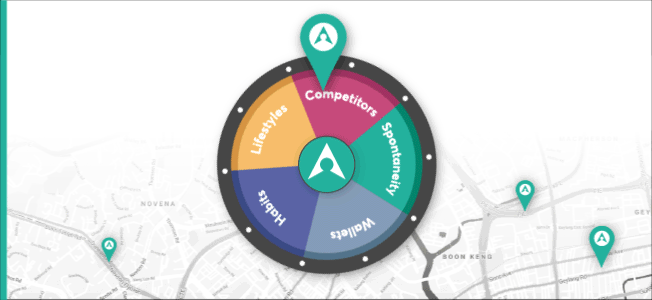During the periods of lockdown we witnessed dramatic shifts in consumer loyalty. In the US, in late February, brands were experiencing on average 78% loyalty. During the peak period of early April those figures rose to 90%, indicating that most people were going to one store only to pick up their essentials and didn’t “shop around”. This pattern was mirrored in The Netherlands which enforced an “intelligent lockdown” that saw many shops stay open and freedom of movement outdoors, unlike many other countries around the world, resulting in a jump from 40% to 64%.
In this post from ‘The changing behaviour series’ we continue our review of ways historical location data can help brands plan for what consumers might do next. Following on from the different life stages, lifestyles and interests, we look at how historical data can also help brands in their quest to win back their customers from competitors.
For the past while people around the world have been restricted in their movements and in their purchasing decisions. However, when lockdowns are fully eased choice will trump convenience once again and people will travel further for brands they love.
We know from our data that repertoires shrunk over the pandemic, making it appear that loyalty was high. We now see that this was primarily based on convenience, rather than an active choice. These customers will likely fall back to regular patterns once we are through this so brands should focus on ensuring that they are meeting the new needs of their customers.
Retention is much more effective than acquisition of new customers and understanding patterns of consumer behaviour over time will help identify the reasons that consumers switch to competitors. Knowing where else your customers are spending and what drives them will help retain loyalty and build strategies around the point of switching, whether that’s as a result of promotional offers, more convenient opening hours or physical store locations. .
The challenge for retailers now is to a) retain visitors and b) expand their shopper base to bring in competitor visitors. If brands are not making sure their store is safe for customers, it’s most likely their competitors are.
But what about spontaneity? In our next post we unravel what the future might hold for spontaneity and impulse purchases. Read it here.

